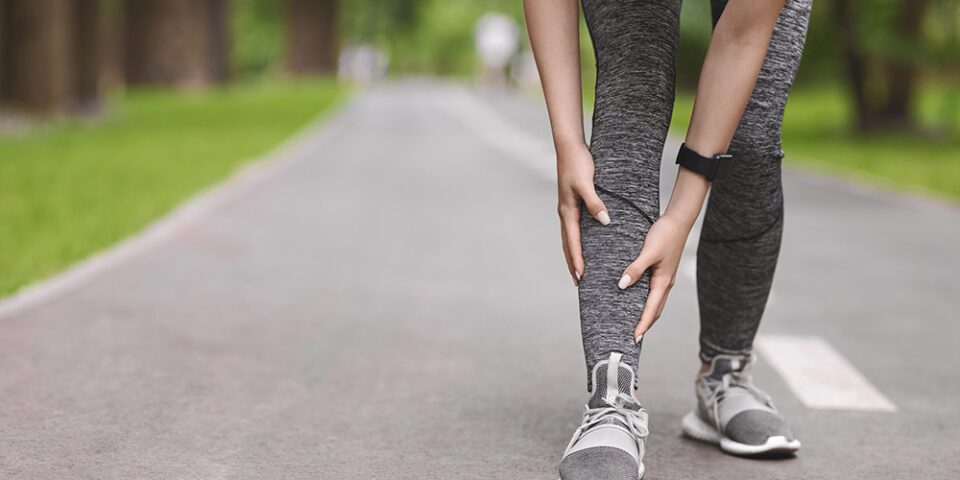How to prevent shin splints
If you’re a runner, dancer or soccer player, you’ve probably experienced pain in your shins at some point – the kind of pain that continues even after you’ve stopped moving. A common reason is medial tibial stress syndrome, commonly known as shin splints.
Physical therapist Keri Davis explained what causes shin splints, how they’re treated and what you can do to prevent them.
What are shin splints?
“Shin splints are a common overuse injury of the lower extremity that affects a large population of athletes and nonathletes alike,” Davis said. “Runners are at the most increased risk for this particular injury.”
The problem may initially present with discomfort in the front or inside of the tibia (or shin), which gradually worsens with activity. If left untreated, the pain may worsen with longer runs and continue through cool downs and throughout the day.
Other symptoms may include anterior (outer side) shin pain with jumping, mild swelling along the tibia and pain present even with passive stretching.
What causes shin splints?
Common causes of shin splints are:
- Overtraining or a recent increase in the training regimen
- Improper footwear
- Muscular imbalance at the ankle
- Hyperpronated feet (being flat footed)
- Tight calf muscles
- A BMI greater than 30
How are shin splints treated?
“The standard course of treatment includes rest from pain provoking activities for several weeks,” Davis said. “After shin splints have been diagnosed by your doctor, athletic trainer or physical therapist, a rehabilitation program is usually recommended.”
Treatment can include:
- Rest from activity
- NSAIDs such as ibuprofen for pain and swelling
- Ice
- Compression sleeves
- Flexibility exercises for calf muscles, plantar stretches
- Calf strengthening
- Core, hip and gluteal strengthening
- Balance training
- Education on appropriate shoe wear individualized for the athlete
- Supportive inserts that offer pronation control and shock absorption
“Once symptoms have dissipated, athletes may slowly increase frequency, mileage and duration of their runs which can be guided by their athletic trainer,” she added.
How to prevent shin splints while running
Davis offered these tips to help you return to running and prevent further injury:
- Progress gradually and allow for appropriate recovery
- Avoid speed and hills in early progressions
- Start running on a soft surface or treadmill before progressing to pavement or road
- Cross train with your athletic trainer, especially in the initial phases
- Incorporate adequate recovery between runs
Lastly, monitor your recovery. Slight joint discomfort after a workout or the next day is expected, but it should resolve within 24 hours.
Find an orthopedic specialist you trust
Find a provider who’s right for you by viewing their online profiles, star ratings and reviews.
Find an Orthopedic Doctor

